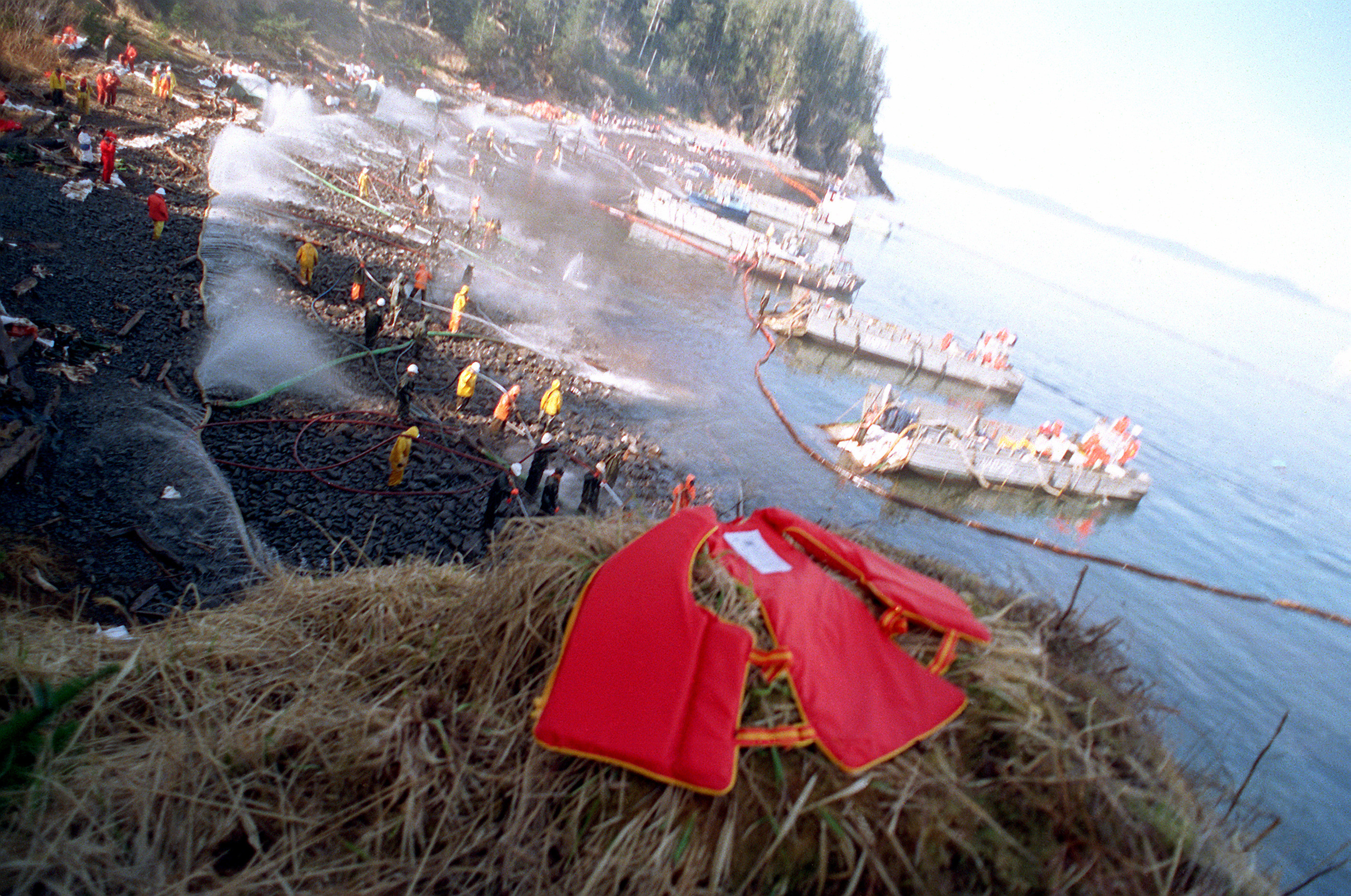By Gretchen Kroeger (glk@duke.edu)
If you’re old enough, you may remember the US Forest Service’s campaign from the 70’s and 80’s employing Woodsy Owl and his iconic “Give a hoot! Don’t pollute” mantra.
The purpose of the campaign was to encourage the public to think about their responsibility in keeping our environment clean and healthy. In a similar fashion, the U.S. Environmental Protection Agency (EPA) has been encouraging industry to think about its role in protecting the environment ever since Congress passed the Emergency Planning and Community Right-to-Know Act (EPCRA) in 1986.
EPCRA, which was created in response to a major chemical release at a chemical plant in India, requires certain industry sectors to report their release of chemicals into the environment and to make that information available to the public. As part of EPCRA, the Toxics Release Inventory (TRI) was created. According to EPA,
TRI was part of a new approach to environmental protection. By making information about industrial management of toxic chemicals available to the public, TRI creates a strong incentive for companies to improve environmental performance. Information disclosure programs such as TRI are different than most federal environmental programs that are designed to achieve better environmental performance by setting standards and specifying how facilities must operate. TRI is also different because the information is updated annually and is reported to EPA directly from facilities.
Last week, EPA and Dillard University co-hosted the 2014 National Training Conference on the Toxics Release Inventory (TRI) and Environmental Conditions in Communities Conference in Crystal City, VA. I attended the conference for a few reasons. First, I was hoping to learn more about the data made available through TRI and to see how scientists and communities were using the data. Secondly, because the data generated by TRI could be extremely useful to Duke’s Superfund Research Center (and the entire Superfund Research Program), I wanted to explore the ways in which we could leverage the TRI data .
How TRI is being used
Here are a few examples of the use of TRI data at a local level that I heard from community and government representatives, the results of which are being used in policy making:
In Washington, local government used the data to help in the construction of their Environmental Health Indicators Project and a community organization incorporated TRI data into their cumulative health impact analysis. These two projects are being actively used by local policy makers and communities to bring about change in the local environment.
A law firm in Atlanta, Georgia used TRI data to identify patterns of pollution in Fulton County. You can explore an interactive map they created for residents and view the full report. The results of this project are useful for those considering situations of environmental injustice.
Researchers from several institutions looked at the links between air toxics and academic performance by examining air releases from industrial sources around public schools.
TRI & Superfund
How can the different Superfund Centers make use of the TRI data?
The chemicals covered by TRI are those that cause 1) cancer or other chronic human health effects, 2) significant adverse acute human health effects, and 3) significant adverse environmental effects. Right now over 650 chemicals are covered by the TRI program, many of which are also considered Superfund chemicals according to CERCLA (Comprehensive Environmental Response, Compensation, and Liability Act). Below is EPA’s list of chemicals most commonly found at Superfund Sites; all of these chemicals (or one of their compounds) are also required to be reported via TRI if a certain volume is manufactured, processed, or otherwise used at the facility.
[one_third]
- Aldrin
- Arsenic
- Barium
- Benzene
- Cadmium
- Carbon Tetrachloride
- Chlordane
[/one_third] [one_third]
- Chloroform
- Chromium
- Cyanide
- 1,1-Dichloroethene
- 1,2-Dichloroethane
- Lead
- Mercury
- Methylene Chloride
[/one_third] [one_third_last]
- Naphthalene
- Nickel
- Pentachlorophenol
- PCBs
- PAHs
- Tetrachloroethylene
- Vinyl Chloride
- Xylene (Pending)
- Zinc
[/one_third_last]
EPA makes the data available in a lot of ways, using a variety of reports and query tools so you can find what you’re looking for. You can create reports organized by chemical, geography, industry, etc. In any type of report, clicking on any individual record in the generated report opens detailed information for that record. For example, I ran a query for all CERCLA chemicals released in North Carolina. The report is a summary by county, but if I click on Alamance County (chosen for the variety of industrial sectors located there), this is the level of detail provided. Not only does TRI provide a way for SRCs to identify properties and communities potentially impacted by contaminants studied by SRCs, but EPA has designed a few tools to facilitate analysis at a local level:
Search by metropolitan and micropolitan area
This is what I get when I click on the Durham-Chapel Hill urban community. The report includes downloadable tables of data, the top five reporting industries, total releases per year, and top chemicals released for air, water, and land.
Search by zip code, city, county, or state
This is what I get when I search for TRI info for the entire state of North Carolina. It breaks the data down into the top five facilities, total releases per year, and top chemicals released for air, water, and land.
And a few other useful tools:
- Geospatial download service – includes downloadable files of facilities and Brownfield Properties.
- RSEI (Risk Screening Environmental Indicators) – this tool is a downloadable modeling software that analyzes risk factors at a site.
This doesn’t do justice to the flexibility of the TRI database, largely because I’m still exploring all the tools (many of which are new) and discovering the various ways in which the data can be applied at different scales. Over the next several months, Duke’s SRC will be engaging EPA to strategize a few mutually beneficial approaches to incorporating TRI data into our research translation and community engagement activities. Our hope is that you, too, will think about ways to use the data!
Please be in touch with any thoughts or questions about this post!




